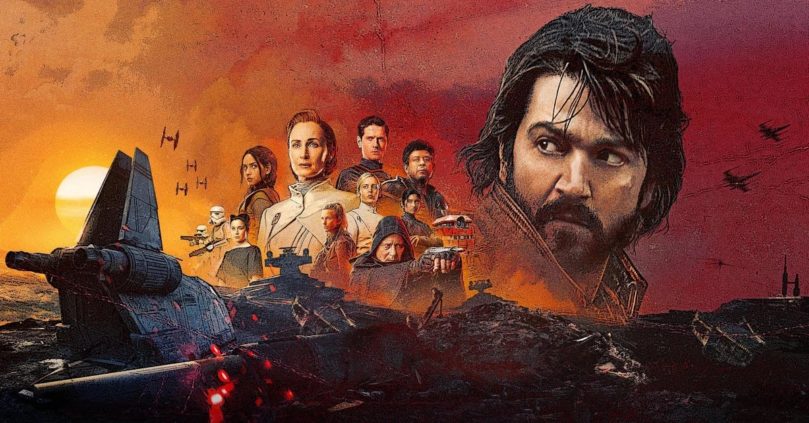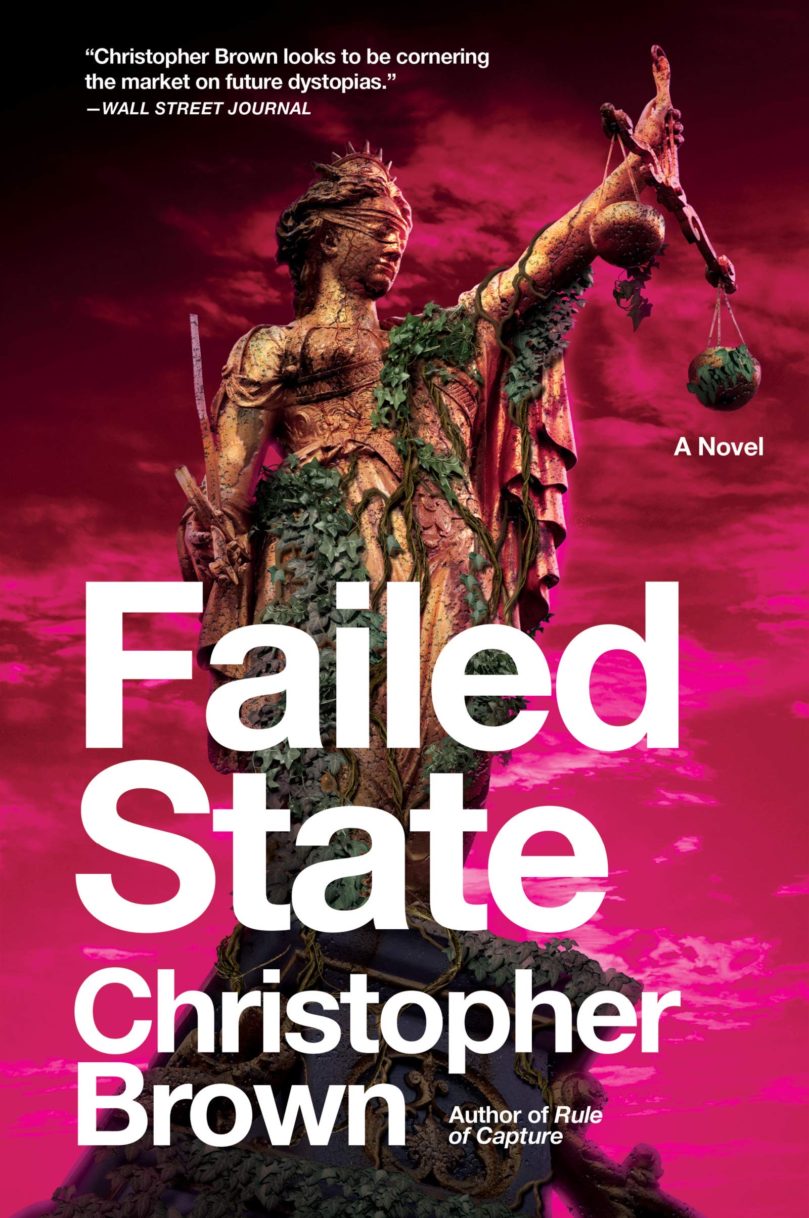I’m not sure what I expected when I sat down to watch Godzilla Minus One this weekend. I’d heard about it of course, but all I knew was that it was supposed to be amazing based on what I saw on social media with incredible special effects for its relatively low budget. Somehow I’d even avoided seeing the trailer so my sole reference was one picture I’d seen with the gigantic kaiju stalking what I thought was a small fishing boat.
What I got was a film that hewed much closer to the original 1954 Godzilla in theme and tone than most of its more current American brethren. That’s not a bad thing. I have fond memories of those old Toho Godzilla movies that ran on repeat on Saturday afternoons (along with Mothra and Gamera.) and I watched them more times than I care to admit. Like the original, this Godzilla is more an allegory about the nuclear age and man’s inability to control natural forces. Gone is the campy Godzilla that emerged in later Toho films and so is the anti-hero he became as the series progressed and has resurfaced again in the MonsterVerse films and Monarch: Legacy of Monsters. No, this is an angry, city-stomping Godzilla who exists only to destroy the city of Tokyo and act as a manifestation of the protagonist’s (Kōichi Shikishima played by Ryunosuke Kamiki) guilt over having chosen to live rather than fulfilling his duty as a kamikaze pilot and over doing nothing to stop Godzilla from killing his fellow soldiers on Odo Island where he had landed after faking mechanical issues with his plane.
I’m no scholar of Japanese film but I’ve also always thought of Godzilla as a metaphor for the United States of America and I see that again in G -1. In the original 1954 Godzilla it was America who unleashed devastation on Hiroshima and Nagasaki and it was US tests on Bikini Atoll who create the irradiated kaiju who then stomps across the Japanese landscape and unleashes nuclear fire upon the Japanese people. As Japan’s relationship with America changed during those post-WWII years so did how Godzilla was portrayed. He shifted from destroyer to anti-hero protector, not unlike the US relationship with Japan. And like the giant monster I think there’s always a fear that the relationship with the US could revert, especially now in our highly polarized political climate where one US candidate for president has stated that he’d remove the US from various political and military treaties, including the ones that keep American fleets in the South China Sea. As Captain Tatsuo Hotta said while planning Operation Wada Tsumi, “We cannot rely on the US … government. So the future of this country is in our hands.” That seems like a comment the Japanese people could utter about the US today as we’ve become a somewhat unreliable partner to our allies.
Well, that’s enough philosophizing for now.
Overall I really enjoyed the film. It’s plot was simple and direct but carried the action forward in a way that complimented its story and themes. I thought most of the actors put on solid performances and while some moments skewed towards over-acting, in my opinion, it felt right, again, hewing close to those early Toho films and their tone. And of course, the special effects. What Takashi Yamazaki, as both director and special FX supervisor, accomplished with a limited budget was simply amazing. His Godzilla calls back to the early representations of the monster when it was portrayed by Haruo Nakajima in a rubber suit but still felt modern, full of menace and, possibly the hardest thing to accomplish with a creature entirely created out of digital ether, substantial. At no point did the FX created Godzilla or its environment seem like an animation or feel low-budget. Hollywood could maybe learn a thing or two about creating an action-packed, engaging move with great effects on a limited budget from Yamazaki. Not everything needs to have a budget of $100 million dollars. I highly recommend Godzilla Minus One for fans of sci-fi or just big stompy monsters.


